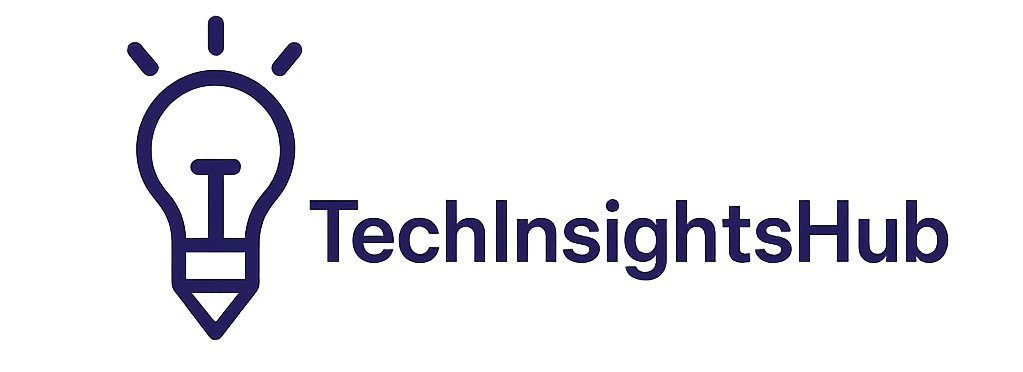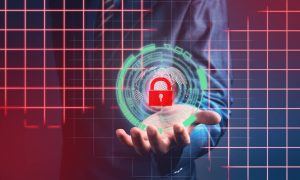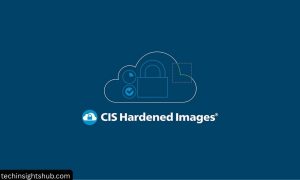Data collection happens everywhere these days, even offline. Organizations gather information through paper forms, offline surveys, and field interviews. This information often contains sensitive details about individuals or businesses. Security breaches can devastate both companies and their customers. Trust takes years to build but only moments to destroy. My team recently faced this challenge during a rural healthcare survey. We collected patient information using mobile forms without internet access. The data included sensitive health details that required ironclad protection. Our experience taught us valuable lessons about offline data security.
What Is Data Privacy and Why Is it Important?

Data privacy refers to the proper handling of sensitive information. It involves collecting, storing, and using data responsibly and ethically. Privacy matters because people have the right to control their personal information. Companies must respect this fundamental right.
Privacy builds customer trust and loyalty in today’s digital landscape. People choose businesses that protect their information carefully. Privacy failures can result in serious legal consequences and financial penalties. Many countries now enforce strict regulations like GDPR and CCPA.
These regulations require businesses to implement security measures for all data collection, including both online and offline gathering methods. The rules apply whether you’re using paper forms or sophisticated digital systems. Companies must demonstrate compliance through regular audits and documentation.
Data Collection Requirements and Objectives
Determine the types of data to be collected
Start by clearly defining what information you need. Ask yourself what specific data points are essential for your goals. Focus on gathering just enough information to meet your business requirements. This approach minimizes risk and simplifies security management.
Many organizations collect too much data “just in case” it might be helpful later. This creates unnecessary security risks and storage challenges and complicates compliance with privacy regulations. Smart companies follow the principle of data minimization.
Your objectives should drive data collection decisions. Are you conducting market research? Gathering customer feedback? Processing payments? Each purpose requires different types of information. Document these requirements before creating your collection tools or processes.
Assess Potential Security Risks
Begin by mapping out exactly where your offline data travels. Track its journey from collection to storage to eventual use or deletion. Each transition point creates potential vulnerabilities that need addressing. Physical documents face threats different from digital information.
In your assessment, consider both external and internal risk factors. External threats include theft, unauthorized access, and natural disasters. Internal risks might involve employee mistakes or mishandling of sensitive materials. Both require different security approaches.
Use formal risk assessment methodologies for thoroughness. The NIST framework offers excellent guidance for identifying security gaps. Your assessment should rate risks based on both likelihood and potential impact. This helps prioritize your security investments effectively.
Implement Robust Security Measures
Collect only the data required to fulfill objectives
Gather precisely what you need and nothing more. Every extra piece of information increases your security burden unnecessarily. Your forms should request only essential data points. Remove any fields that don’t directly support your stated objectives.
Review your collection tools regularly for opportunities to reduce data gathering. Many legacy forms contain fields that no longer serve any business purpose. These outdated requirements create needless risk. Fresh eyes often spot redundant or unnecessary questions.
When designing new collection processes, start with the minimum possible requirements. You can always add fields later if absolutely necessary. This approach keeps your security footprint as small as possible. It also simplifies compliance with privacy regulations.
Limit the retention period of collected data
Set clear timeframes for how long you’ll keep different types of information. Some data might need storage for years due to legal requirements. Other information may only require temporary retention. Create policies that specify exactly when to delete each data category.
Implement automated deletion procedures whenever possible. Human-driven processes often lead to indefinite data storage. Automated systems can reliably remove information when it reaches its expiration date. This prevents unnecessary accumulation of sensitive materials.
Regular data cleanup reduces your exposure to potential breaches. Old information often sits forgotten in storage rooms or databases. These forgotten records create prime targets for security incidents. Scheduled purges keep your data footprint manageable and secure.
Anonymize or pseudonymize data when possible
Transform identifying information whenever your objectives allow it. Names can become random identifiers that maintain data utility. Addresses might convert to general locations rather than specific streets. These techniques protect individuals while preserving analytical value.
Different projects require different anonymization approaches. Research might need full anonymization where no one can re-identify subjects. Customer service might use pseudonyms that allow limited re-identification by authorized staff. Choose methods that match your specific needs.
Consider using specialized tools designed for secure data transformation. These solutions maintain consistent anonymization across different collection points. They also provide documentation for compliance purposes. The investment pays dividends through reduced risk.
Conclusion
Prioritizing user security when collecting offline data requires thoughtful planning. Start by determining exactly what information you truly need. Assess all potential risks throughout your data lifecycle. Implement strong security measures including data minimization and limited retention periods.
The effort invested in security pays off through increased trust and reduced incidents. Organizations that handle information responsibly earn customer loyalty. They also avoid costly breaches and regulatory penalties. Security becomes a competitive advantage rather than just a compliance checkbox.
Make data security part of your organizational culture rather than an afterthought. Train your team regularly on proper handling procedures. Update your practices as new threats emerge. Your commitment to protecting information will serve you well in today’s privacy-conscious world.
Also Read: How to create different network locations in MacOS
FAQs
Various laws like GDPR, CCPA, and HIPAA regulate offline data collection depending on your location and industry.
Perform comprehensive security audits at least annually, with more frequent spot-checks quarterly.
Anonymization permanently removes identifying information, while pseudonymization replaces identifiers with codes that can be reversed.
Yes, each format requires unique security approaches, though the principles remain consistent.




